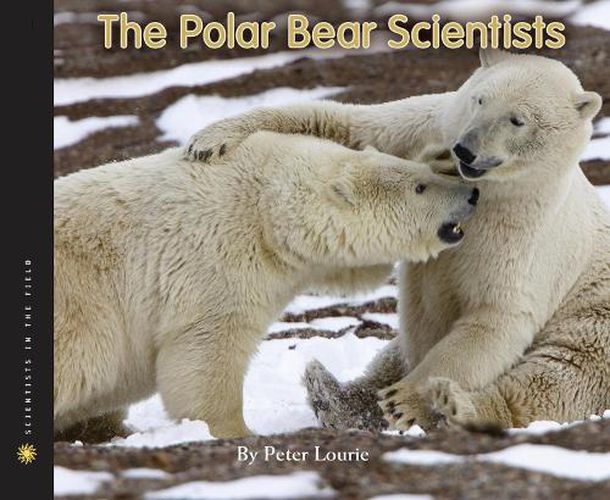Readings Newsletter
Become a Readings Member to make your shopping experience even easier.
Sign in or sign up for free!
You’re not far away from qualifying for FREE standard shipping within Australia
You’ve qualified for FREE standard shipping within Australia
The cart is loading…






Follow scientists as they scan the Alaskan wilderness for these magnificent creatures.It is springtime on the North Slope of Alaska, and the U.S. Geological Survey team–the polar bear biologists Kristin Simac and Mike Lockhart–is gearing up for polar bear capturing. During a capture, all information is collected on the sea ice. The scientists locate bears from a helicopter, tranquilize them, give them tattoo ID numbers and tags, and collect data such as height, weight, and body fat measurements and samples such as blood, hair, feces, and even teeth. All this information goes into a
large database studied by scientists such as Drs. Steven Amstrup and George Durner, the former and current leaders of the Polar Bear Research Project. For more than forty-five years, scientists have been capturing bears in order to get information. What has this information been telling scientists about polar bears and global warming?
$9.00 standard shipping within Australia
FREE standard shipping within Australia for orders over $100.00
Express & International shipping calculated at checkout
Follow scientists as they scan the Alaskan wilderness for these magnificent creatures.It is springtime on the North Slope of Alaska, and the U.S. Geological Survey team–the polar bear biologists Kristin Simac and Mike Lockhart–is gearing up for polar bear capturing. During a capture, all information is collected on the sea ice. The scientists locate bears from a helicopter, tranquilize them, give them tattoo ID numbers and tags, and collect data such as height, weight, and body fat measurements and samples such as blood, hair, feces, and even teeth. All this information goes into a
large database studied by scientists such as Drs. Steven Amstrup and George Durner, the former and current leaders of the Polar Bear Research Project. For more than forty-five years, scientists have been capturing bears in order to get information. What has this information been telling scientists about polar bears and global warming?